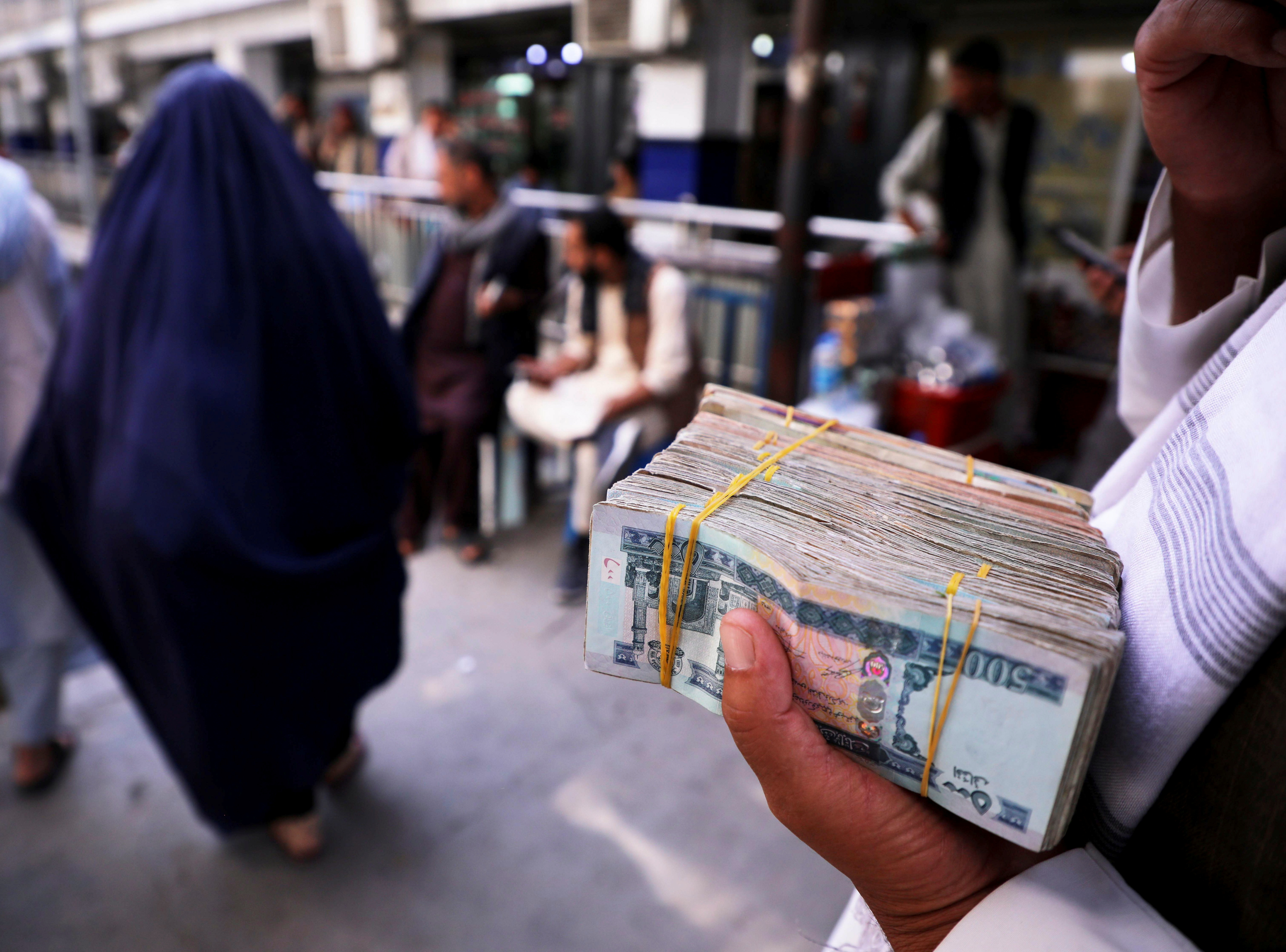Habsburg legacy lives on in Aargau

The name Habsburg still exists in Switzerland. It is a small village in canton Aargau - the place that gave Europe's once most powerful dynasty its name.
For centuries, the Habsburgs ruled over large swathes of western and central Europe – from Spain and the Netherlands to Hungary – and only gave up power in Austria at the end of the First World War.
Less well known is the fact that the family took its name from a castle in what is now the Swiss canton of Aargau, which still boasts a few former jewels in the Habsburg crown, in the way of historical attractions.
The first stop on any tour of the Habsburg Swiss sites is Habsburg itself. The modest village of modern houses doesn’t seem to deserve the restored 11th century castle that crowns the hill just behind the village.
But it was here that the mighty Habsburg dynasty was founded, and was briefly the Habsburg seat of power when the family ruled over large parts of what is today northern Switzerland.
Hawk’s nest
The top of the tower in the Habsburg castle is reached by a long, steep wooden staircase. I’m impressed by the commanding views stretching in all directions.
My unofficial guide is Jürg Stüssi-Lauterburg who says the early Habsburg rulers were also impressed – because from here, they could control the trade on the highways and rivers, making it easy to levy taxes which increased their wealth, and in times of trouble they could turn the rivers into barriers to keep out invaders. The word Habsburg means hawk’s nest.
“It is no accident that the family here rose to such eminence. Geography is not without importance in history,” says Stüssi-Lauterburg, who is a local resident, historian, and coincidentally, the head of the Swiss Military Library.
Despite the strategic location, the Habsburgs suffered defeats at the hands of the Swiss confederates in the 13th and 14th centuries, which forced them to give up their claim to the lands now belonging to Switzerland.
From the end of the 14th century onwards, Habsburg history was made elsewhere in Europe. Surprisingly though, much remains in modern Switzerland of the Habsburg legacy. The Habsburgs left their mark on many Swiss towns, castles, churches and monasteries.
Franciscan abbey
The Franciscan abbey of Königsfelden is a monument to the early Habsburg rulers, built to honour the memory of King Albert the first, who was assassinated on the spot in 1308. Inside the abbey church, Stüssi-Lauterberg shows me the high alter – built on the exact ground where Albert was killed.
“Here he was cut down by his murderers, and literally, as we pray, ‘thine is the kingdom’, Jesus Christ took the power back, that’s what it symbolises here and the high altar was here,” Stüssi-Lauterburg explains.
The alter is surrounded by a series of celebrated stained glass windows made in the first half of the 14th century, when the Habsburgs were still mourning the death of their king.
Stüssi-Lauterburg points to the refracted light coming in through the painted glass. “The windows in a way reflect the bloodiness of the place,” he says.
There is a memorial to the knights who died in battle against the Swiss confederates lining a wall in the church nave.
Habsburg crypt
But the centrepiece is a crypt where the Habsburg nobility were buried for centuries before their bones were removed to Austria. Visitors circle the memorial slowly in order to read the ancient script honouring the family.
Despite the many wars fought between the Swiss and Habsburg forces in the Middle Ages, Stüssi-Lauterburg says it shouldn’t come as a surprise that the Swiss have always honoured their Habsburg past.
“We always have been proud of our history. But it’s not only a question of pride. We Swiss exist by our common history. We have no common language, no common culture, no common dynasty – we have not been the common slaves of a common master,” he stresses.
“We have been a people formed by its will to live together and this will finds expression in its history. So, historical remains, whether from our ancestors or those our ancestors fought with, are very important to us.”
In the 19th century, members of the Habsburg nobility including Francis, the last emperor of the Holy Roman Empire and first emperor of Austria, returned to Switzerland as tourists to visit the places where it all began.
His portrait, and those of other Habsburgs hang from the walls of a carefully restored dining room in the Habsburg castle.
“He came in 1815, was well received by the Swiss and was pleased with his visit,” says Stüssi-Lauterburg.
“He did exactly what we are doing now, he visited Habsburg and Königsfelden.”
by Dale Bechtel
Switzerland’s Habsburg sites
The Habsburg castle and Königsfelden can be easily visited in a day from Zurich. The restored castle houses a fine restaurant and outdoor patio, with commanding views over the rolling hills. There are several other Habsburg related sites in the region worth seeing, including the monastery of Muri. The website listed below gives detailed information on all of Switzerland’s Habsburg sites, for anyone planning a visit or who would like to take a guided tour. An English version of the website is expected to be online soon.

In compliance with the JTI standards
More: SWI swissinfo.ch certified by the Journalism Trust Initiative








You can find an overview of ongoing debates with our journalists here . Please join us!
If you want to start a conversation about a topic raised in this article or want to report factual errors, email us at english@swissinfo.ch.